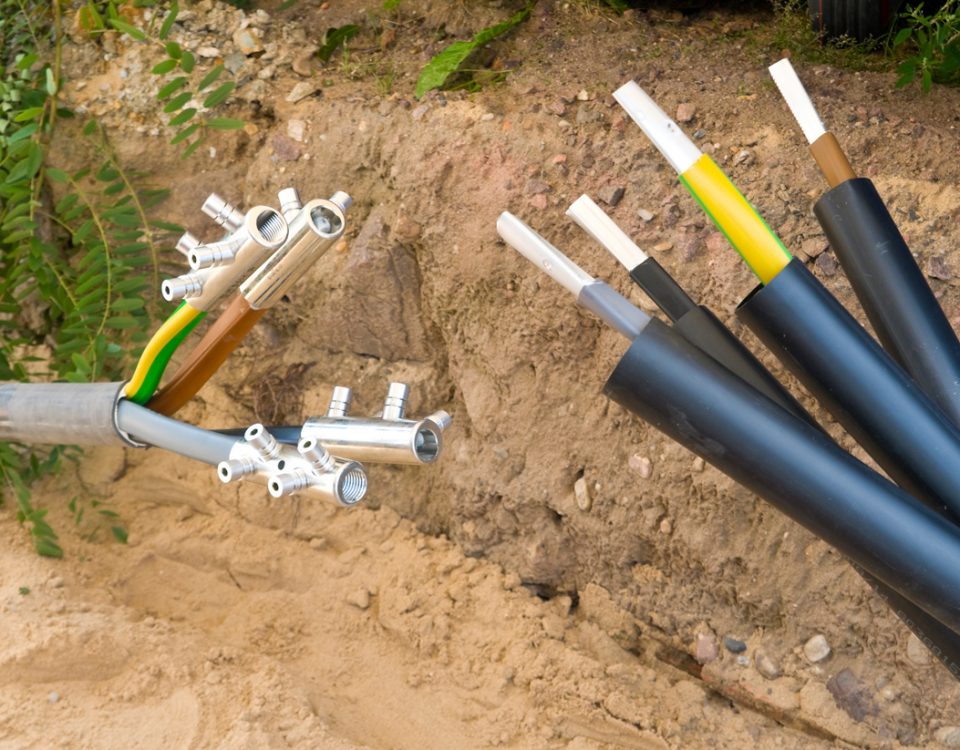Paderborn, May 2013.
The operational management system OPTIMUS guarantees a holistic and efficient network operation through the integration of GIS and ERP system.
NEW Netz’s electricity network measures over 9,400 kilometers. The company with its network area in the west of North Rhine-Westphalia supplies around 690,000 inhabitants. Since 2011, the energy supplier NEW has been managing information on faults using the OPTIMUS business management software. The system uses data from the GIS and also includes the commercial perspective. When was a malfunction reported? How long did the supply interruption last? How many working hours did the employees need to rectify the fault? Such questions are answered by OPTIMUS as a business management system. At the same time, the system creates the corresponding wage hour bookings and reports for the Forum Netztechnik/Netzbetrieb (FNN) and Bundesnetzagentur.
Commercial perspective
The modularly adaptable software is located on the level between GIS and the ERP system. In interaction, the system developed by Mettenmeier and its subsidiary Conges Consulting shows its integrative strengths and can meet the demand for efficiency and quality in all aspects of personnel and material deployment. The history of OPTIMUS goes back twelve years. Conges originally developed it for the St. Wendel district water and energy supply (WVW) and subsequently developed it further in cooperation with many other utilities for technical and economic operational management.
Customers also include evo Energie-Netz (evo Netz) from Oberhausen. Starting with work preparation, the company uses OPTIMUS modules such as project and order management, maintenance and fault management, resource management and others. The central point here is a planning board with graphical time booking. This allows maintenance planning to be carried out and all construction measures and projects to be mapped. “With OPTIMUS,” says Frank Teigelkamp, Group Manager Technical/Commercial Services at evo Netz, “we were not only able to replace the old systems on an equal footing, but also implement special requirements, which were then incorporated into the system standard. Today we have mapped everything in one system – the processes and projects, the orders, wages and vehicle fleet, the documents, the malfunction reports, the operating resources right up to the presence of the employees, the hourly bookings and the costs and external services.
Technical perspective
OPTIMUS’ holistic commercial and technical approach is based on a standardised specialist data model that manages information from the warehouse, the workforce, the vehicle fleet and, of course, resource and order data. As far as payroll accounting is concerned, OPTIMUS stores working time models and collective agreements on the basis of which the bonuses are calculated. The OPTIMUS Smart solution integrates the employees in the network to collect production data. In addition, there are interfaces for consumption billing and modules for finance and accounting.
Various standard connectors ensure integration into the IT environment. This enables OPTIMUS to prepare the numerous resource data, which can be very different in their kind within a network, for controlling the network processes. An integration platform already in use (EAI software) can also be used for this purpose. “OPTIMUS supports operating processes beyond system boundaries and, as a kind of cockpit, provides a complete overview of current and planned events in the network,” says Weidemann. “It is only through such an integrated view that the work can really be optimally supported. The connection to the ERP level is a key function here. When expanding the network, for example, costs are incurred due to the cables and lines used or the systems to be built. OPTIMUS then prepares complete cost statements or invoices. “Systems such as SAP, Wilken or Schleupen only have to book these afterwards,” says Weidemann. The precise division of tasks between the ERP system and OPTIMUS is ultimately defined by the customer.
OPTIMUS is open about the connection to the GIS. The system can handle any GIS and integrate it on data and system level, for example with ArcFM UT, GIS Mobil, Location Viewer or Smallworld GIS. The latest release of the OPTIMUS system is version 5.
The article has been published in the “Business Geomatics”.






